SEALS

~ Pinni ~
Pinni is short for Pinniped, the suborder that seals and sea lions belong to.
This little princess sits up on her hind flippers and waves to get your attention.
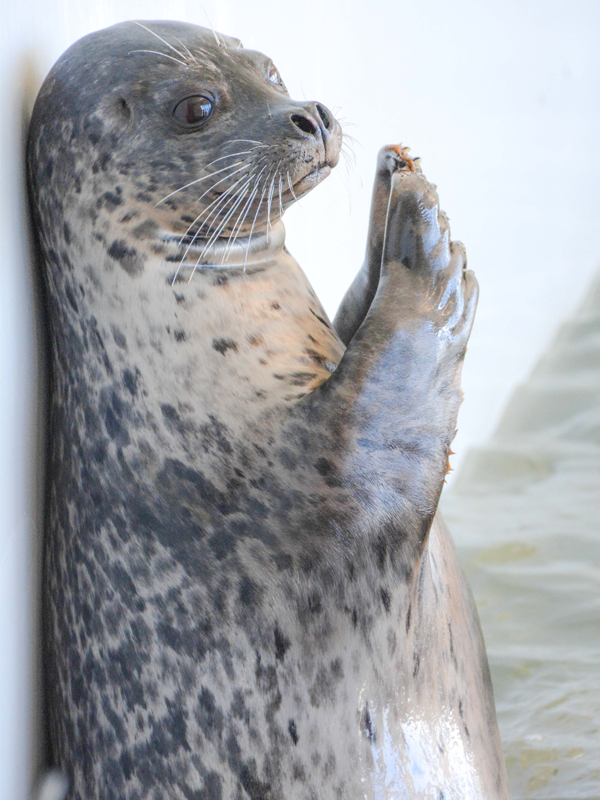
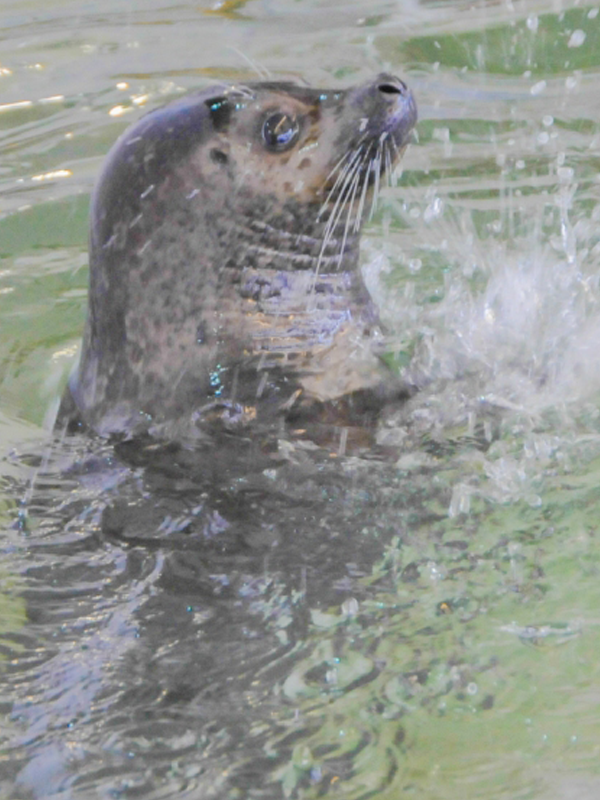
~ Damian ~
Born: May 23th, 2013
You may have noticed this guy staring at you as you walked in. Damian, named after Portland Trailblazer Damian Lillard, often monopolizes the seal window. Splashing and grunting, this little one is already a specialist at capturing the public’s attention.
~Frankie ~
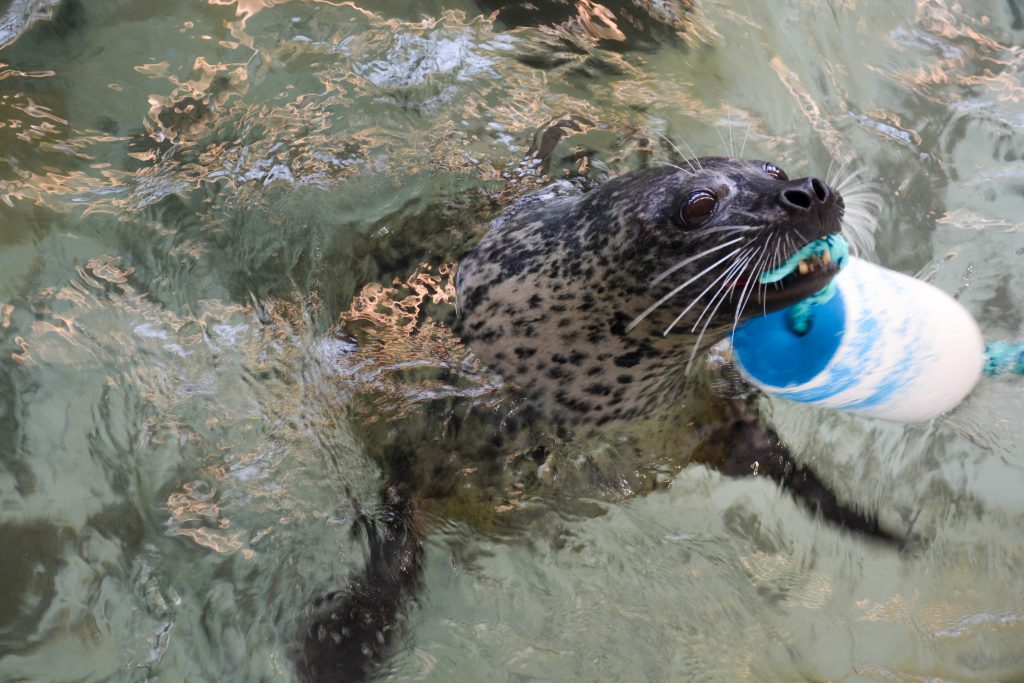
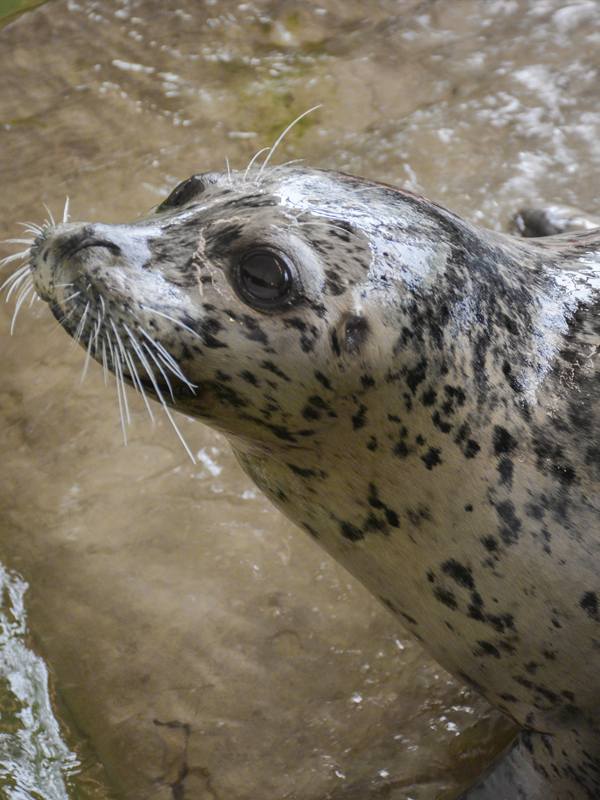
~ Shireen ~
Born: June 10th, 2006
Shireen is the third pup of 2006. Shireen’s beautiful eyes always find the camera. Scully is the mother of Shireen.
~ Vivian ~
Born: June 7th, 2006
Vivian is the second pup of 2006. Cosmo, Vivian’s mother, gives her some swimming tips.
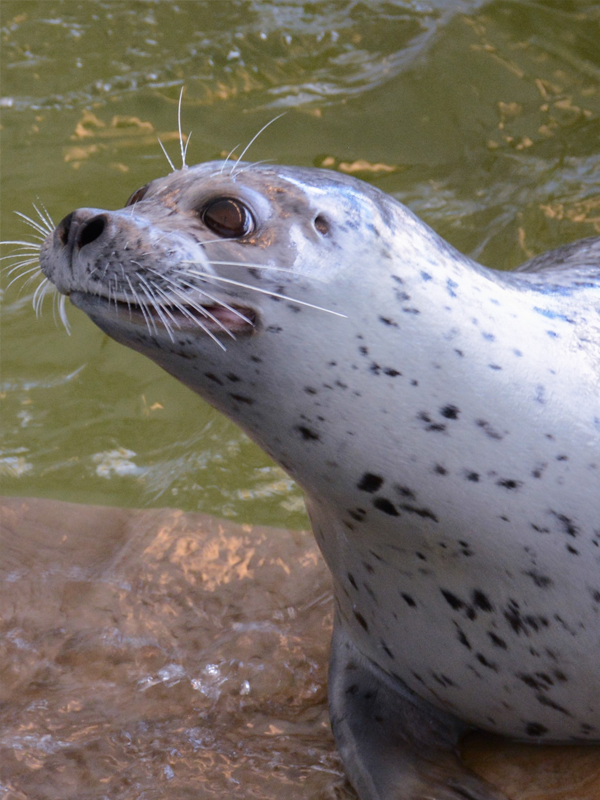
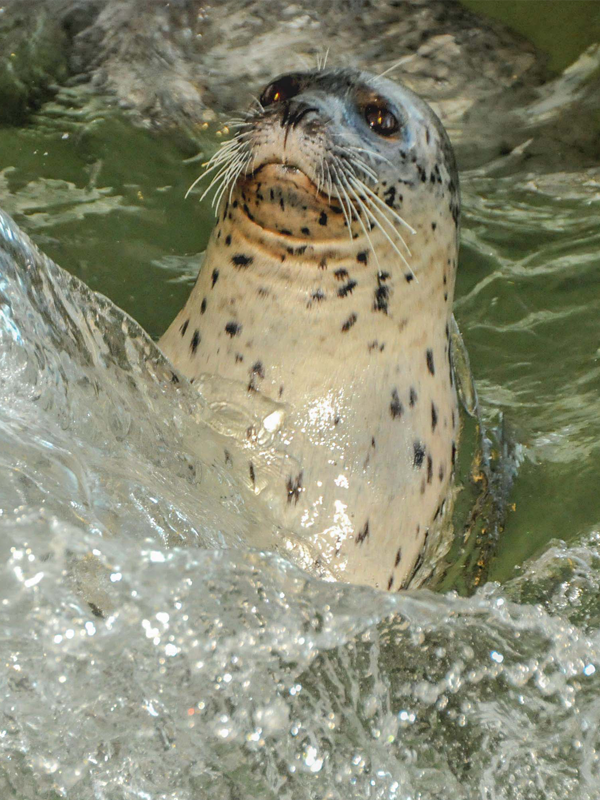
~ Reagan ~
~ Lewis ~
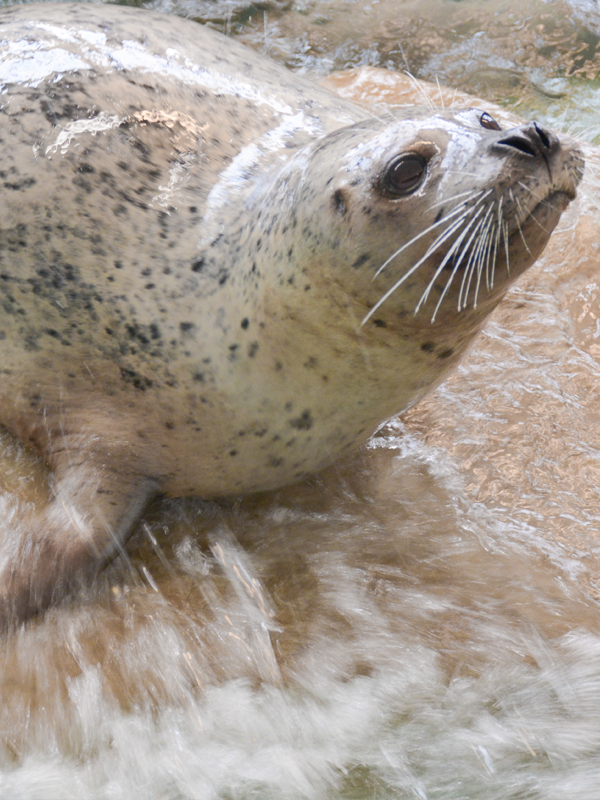
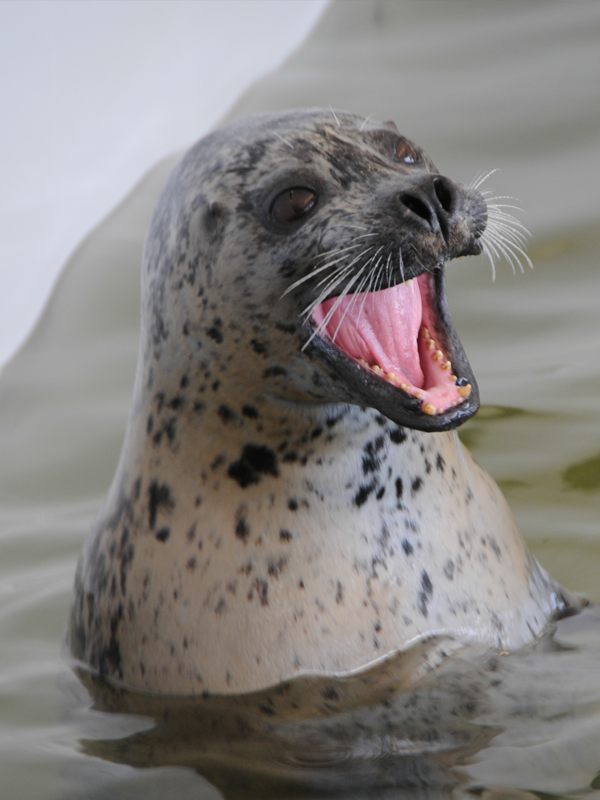
~ Scully ~
~ Cosmo ~
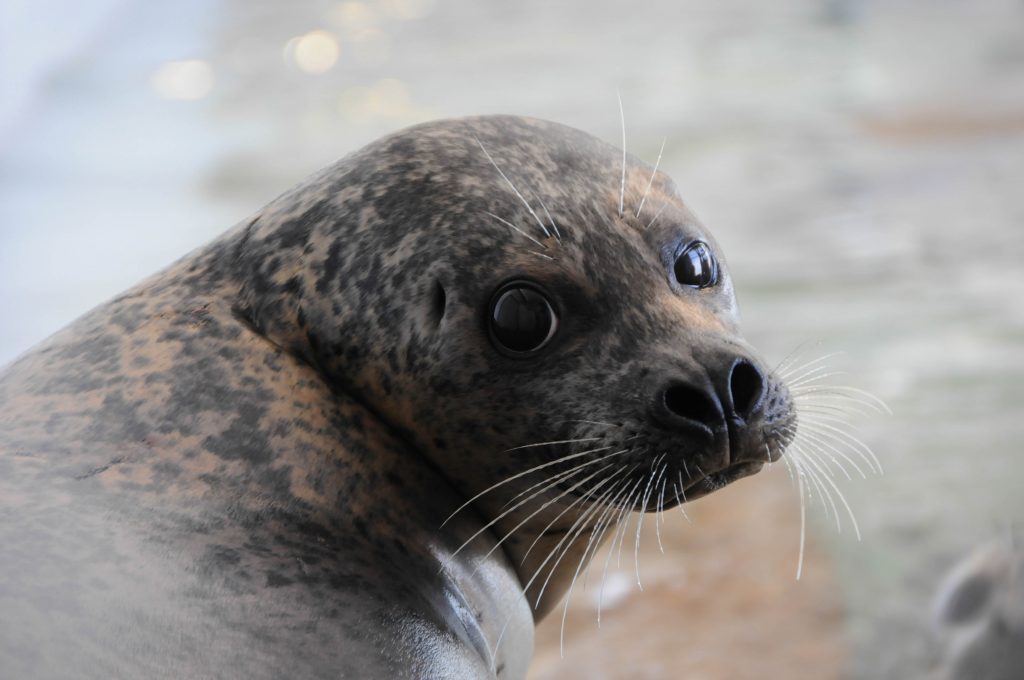
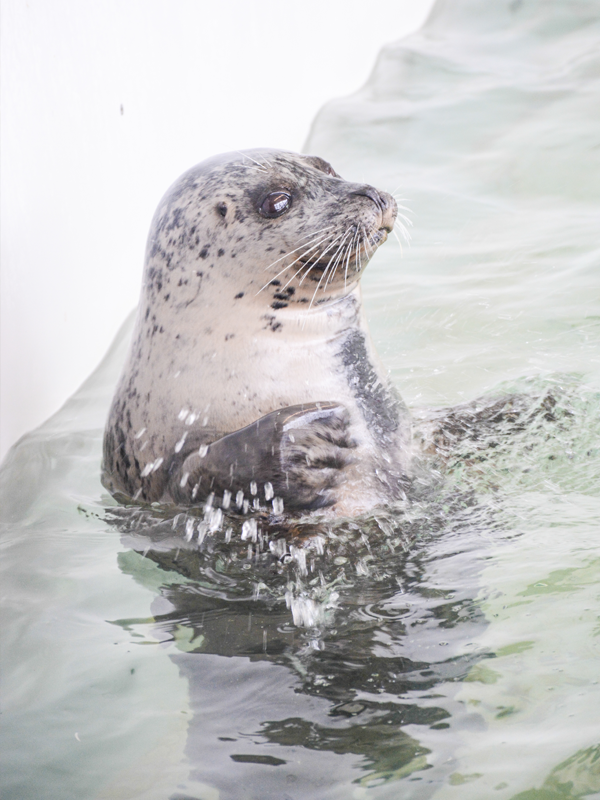
~Greta ~
Seal FAQ
Yes. The seals have an area that provides them with another pool and a large dry resting area for night sleeping. These areas are available all the time; however, the seals choose to spend the majority of their day in the public viewing pool. Harbor seals live in “herds” in the wild and choose to group together.
No. The seals are fed on a regular schedule. They are not trained by the staff. These hams really enjoy what they are doing and have developed their tricks on their own. Each seal has a distinct personality.
All of our seals were born here at the Seaside Aquarium. The Seaside Aquarium has a long history of successful seal breeding. We were the first aquarium in the world to successfully breed harbor seals in captivity. Now we concentrate on intentional parenthood. Some of the seals that are with us today are sixth generation Aquarium born and raised animals.
These seals would probably not survive if they were released. Studies by the National Marine Fisheries Service indicate that harbor seals that have remained in captivity for more than one year do not readily adapt to life in the wild. Everyone who works for the Seaside Aquarium or is associated with the Seaside Aquarium cares deeply about these seals. We respect them as living creatures of our earth and take seriously the responsibility we have for their care and well-being. We are governed by the Department of Agriculture and the standards and regulations they set. We are inspected twice annually – without notice. We have a trained vet who makes monthly checkups.
The average life span for harbor seals in the wild is fifteen years. The average life span for seals in captivity is twenty years. The Seaside Aquarium holds the record of the P.S.U Survey for having the oldest seal in the world at thirty-five years. Clara was a favorite with our visitors until her passing in 1979.